Hemp: Out of the Haze, Into Your House
http://decor-ideas.org 07/22/2013 12:30 Decor Ideas
This controversial material is often associated with the hippies of the '60s, but it's actually one of the earliest known domesticated plants. Hemp has been cultivated by civilizations for over 12,000 years. In fact, the first drafts of the Declaration of Independence were written on hemp paper, and the first American flags were made out of hemp fiber.
Although it's a different variety of plant, hemp's biological similarity to marijuana means it can only be grown with government permission in the United States. However it's still a popular, durable and ecofriendly "super fiber" that's used in various home textiles.
Keep reading for a closer look at hemp's credentials and how you can use it in your home.
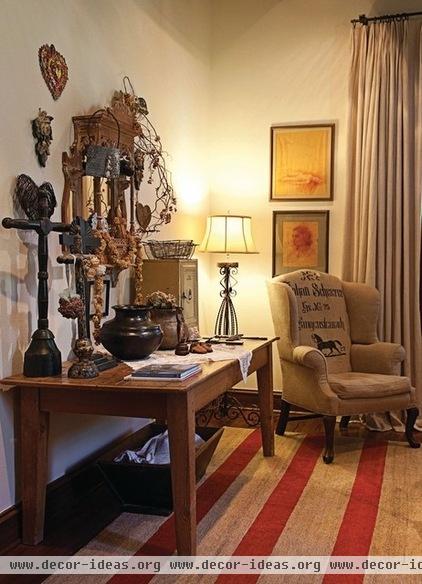
The basics: Hemp fabric is made from the fibers in the herbaceous plant of the species Cannabis sativa, a high-yield crop that produces much more fiber per acre than cotton.
A 2005 report by the Stockholm Environment Institute compared the water, land and energy requirements of organic cotton and hemp. Hemp water and land requirements were easier on the environment than organic cotton, and hemp was only slightly worse for energy use.
This room uses a hemp rug as an extra durable floor covering.
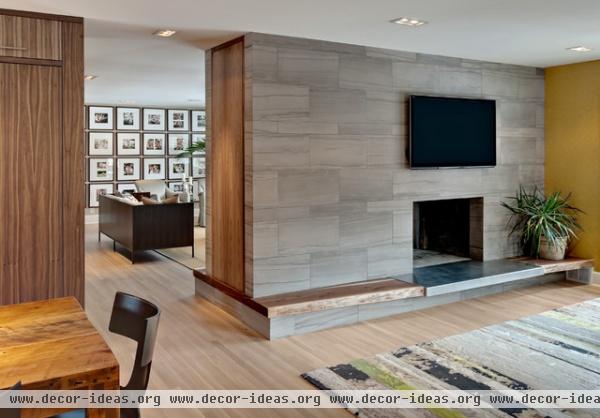
Uses: Hemp fibers can be used in 100 percent hemp products but are commonly blended with other organic fibers, such as flax, cotton or silk — like the rug in this photo. When used in clothing and furnishings, hemp is usually blended at a 55 percent to 45 percent split.
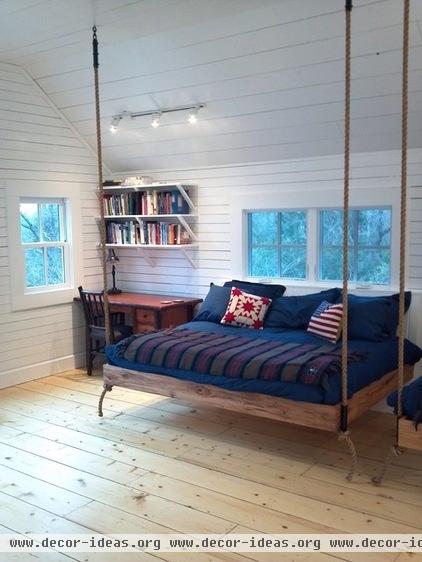
Hemp is eight times stronger than cotton, which is why it was often used to weave sails and rope for the British and American navy. This project used hemp rope to hang an adorable daybed from the ceiling.
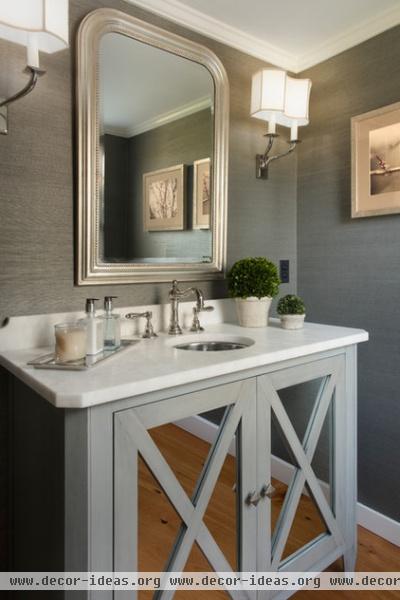
While hemp is most commonly found in upholstery, drapes and rugs, it makes some surprising appearances, too. The beautiful wallpaper in this bathroom is made with a hemp blend.
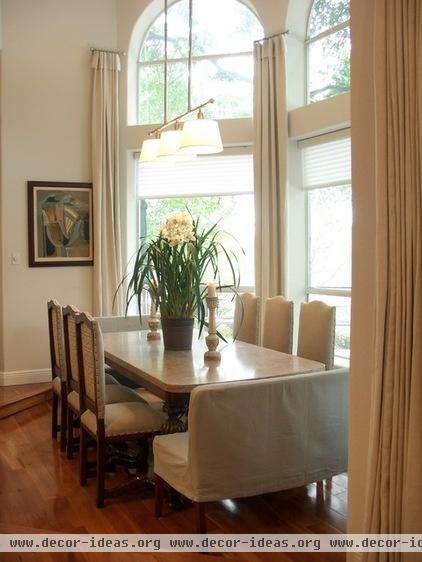
Pros: Hemp fabric looks and acts a lot like linen. It softens with age and each washing. Like cotton, it breathes well and is extremely durable. It's a great choice for upholstery — like the dining chair backs in these photos.
Hemp is often recommended for warm, humid climates, because the fabric resists mildew and absorbs moisture. Fabrics made from pure hemp are also hypo-allergenic and non-irritating to the skin.
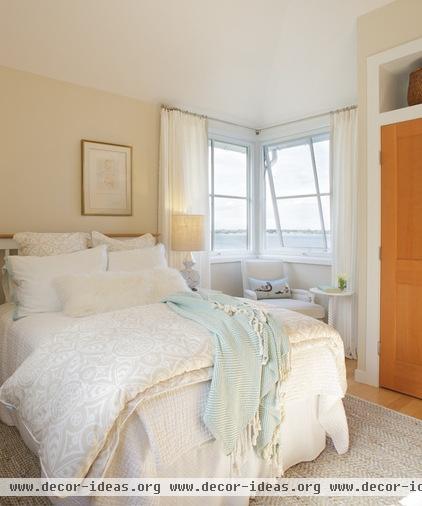
Cons: Hemp is not a colorfast fabric, so dyed hemp won't have a very rich hue. Like linen, hemp fabrics wrinkle easily and can feel scratchy, depending on the blend. Look for hemp blended with fabrics like wool and silk to give it a softer hand, like this bedroom rug.
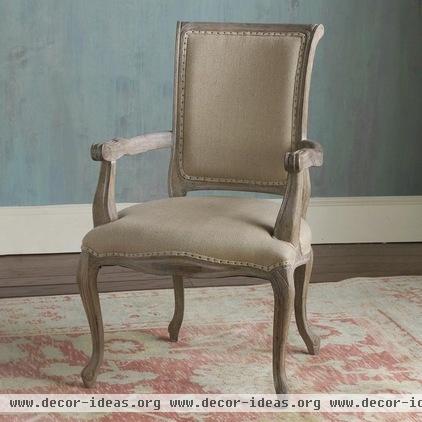
Hemp Arm Chair - $798.00 » Considerations: Hemp is grown all over the world, but China is its largest producer. Check where your hemp is produced before making any purchases so you can make an accurate judgment of its carbon footprint.
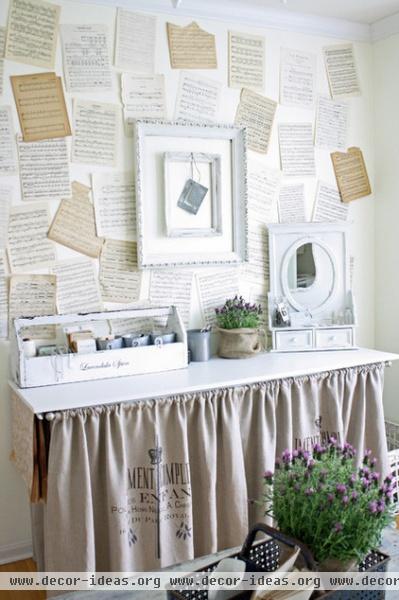
Upcycling: One of the best environmental ethos is to re-engineer products rather than throw them into the trash. Hemp's durability makes it great for upcycling projects. France is Europe's biggest producer of hemp, so it's little wonder that it's widely used there. Reused hemp bags add to the Provencal aesthetic in this picture.
Related Articles Recommended












